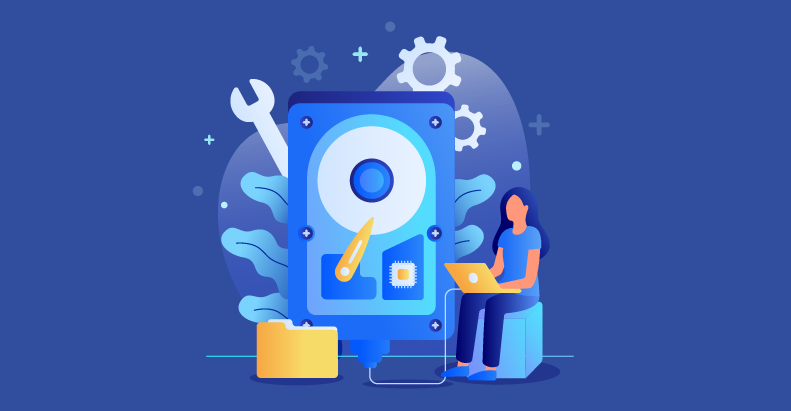AI systems pose a challenge for many teams. While they could get away with some simple test management software in traditional testing, they now have to implement more methods to ensure their AI-based systems work as planned. Despite being advanced and getting more complex every day, AI can still be unreliable in some cases, especially when rigorous testing is not taken into consideration.
Luckily, you can ensure the reliability of your AI systems with the help of non-functional testing. But how does this testing type work? Here’s everything you need to know.
What Is Non-Functional Testing?
Non-functional testing refers to the process of analyzing an app’s attributes in order to make sure it’s suitable and ready for release. It takes a look at things such as the software’s reliability, security, usability, and performance.
Basically, the app’s performance will greatly impact how satisfied customers are. While other issues, such as small bugs, can be handled with a defect tracking tool, you need non-functional testing to determine how easy the product is to use. This type of testing also tells you whether the program can deal with multiple users simultaneously, whether it’s shielded against cybersecurity attacks, and so on. When it comes to AI systems, the testing type will establish if it can deal with huge workloads and run just as well in different environments.
What Are the Different Types of Non-Functional Testing?
When doing non-functional testing, there will be several types that you can work with depending on what you want to find out. So, you can choose from:
- Load Testing
Load testing looks at how an application acts when dealing with multiple transactions or users simultaneously. This testing type will locate specific bottlenecks in the AI system before the product reaches the end consumers.
- Performance Testing
With performance testing, you have the chance to learn how an app works in certain conditions. It will test the program in different environments and see if larger workloads affect the system negatively or not.
Some aspects of performance testing include:
- Resource utilization
- Scalability
- Throughput
- Latency
- Security Testing
The errors you detect via bug tracking are not the only aspects endangering the system. Other factors can also compromise your AI system and make it fall victim to data breaches, data loss, and other risks. With security testing, you’ll be able to find possible weaknesses in your AI model much sooner.
- Compatibility Testing
Compatibility testing is used to check if the system is compatible with specific network environments, operating systems, mobile devices, browsers, and more.
Final Thoughts
Non-functional testing tells you whether your AI system is ready for release or not. It involves different types of testing, such as compatibility, security, performance, and load testing, among others. Ultimately, these tests, combined with the classic test management software, will ensure your product is safe and can deal with certain workloads under specific conditions, preparing it for when it goes live. Not only will you make sure your customers are happy, but your company’s reputation will also remain intact.


























